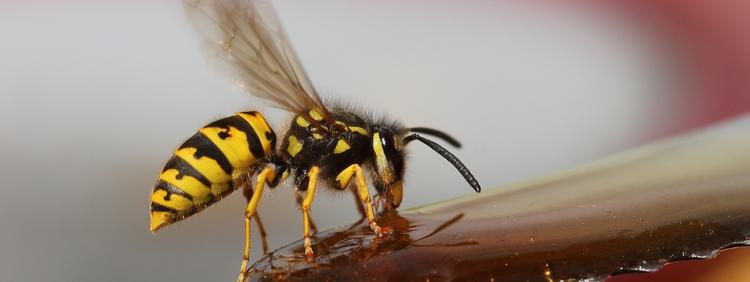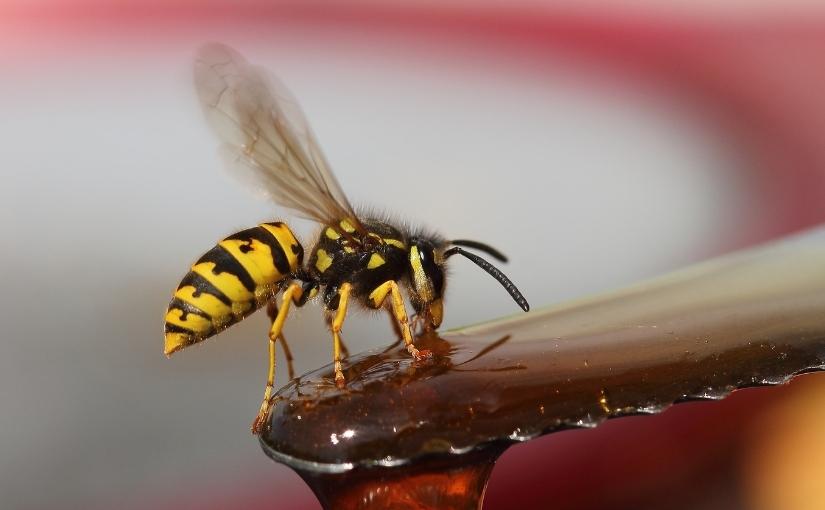
A predatory wasp, yellow jackets are capable and durable insects, often surviving and remaining active in temperatures that do not suit other insects. According to wasp pest control services in Kitchener, yellow jackets can help pollinate and often curb other pest populations but can get aggressive. Therefore, they are not what most homeowners consider backyard friendly.
Unfortunately, many homeowners in Kitchener discover they have a healthy yellow jacket population in their yards. Too many of them can make it challenging to enjoy outdoor family time, so it is crucial to learn what attracts the insects and how to prevent them.
Understanding What’s Attracting Yellow Jackets to Your Yard
Yellow Jackets are not unique when it comes to survival needs. As with all living things, the insect needs food, water, and shelter. If your yard provides yellow jackets with even one of these essentials, they will happily return again and again. According to experts, properties with yellow jacket problems tend to share a few things in common.
1. Plantlife
When beautifying their property, many homeowners unintentionally choose plants that attract yellow jackets. As pollinators, the flying insects look for nectar. Flowering plants will automatically attract unwanted attention from the striped aggressors.
An easy way to limit the number of yellow jackets flying around your property is to limit the number of flowering plants in your yard. You can either choose flowers that bloom earlier in the season or opt for non-flowering plants.
You also want to watch what tree species you plant in your yard because they may attract a food source. For example, planting a tree of heaven (Ailanthus altissima) may attract spotted lantern flies, which eat the sap and then excrete a sugary substance that yellow jackets love.
2. Other Pests
Yellow jackets are excellent hunters, and they hunt many species, including grasshoppers, aphids, caterpillars, and spiders. Hiring a pest control service to treat your yard for such species can help curb the yellow jacket populations around your property in the summer.
You might also consider swapping out exterior lightbulbs for insect-resistant bulbs. Lights in the evening attract all sorts of insects, which can motivate yellow jackets to stay close by.
Remember that some yellow jackets are helpful because they can control other pests. For example, if you grow a vegetable garden, there are many bugs that will eat your plants before they can produce. Wasps help keep pests at bay, and they help keep plants healthy as a pollinator.
3. Unlikely Food Sources
Plants and other pests are not the only things attracting yellow jackets to your property. Garbage, leftover barbeque residue, pet food bowls, etc., all represent potential food sources for wasps.
Water also attracts yellow jackets. If you have a sprinkler system, leaky hose, or low areas in the yard that collect water, yellow jackets will inspect the yard.
You can minimize yellow jacket interest in your yard by storing garbage in airtight containers, keeping surfaces clean and clear of food and remnants, and ensuring your property isn’t holding onto excess water.
Hiring a Professional Service for Assistance
Ultimately, the best way to control the yellow jacket population around your property is to hire a professional pest control service. According to experts, the best time to control wasps is in June after the insects establish new nests and colonies. Also, it is best to act at night when wasps are less active.
Yellow Jackets contribute to the health of your yard space, but they can become pests if there are too many of them. Because wasps can get aggressive, too many on your property represent a risk to your family. Contact Truly Nolen Canada in Kitchener to schedule a property inspection and address your concerns.
